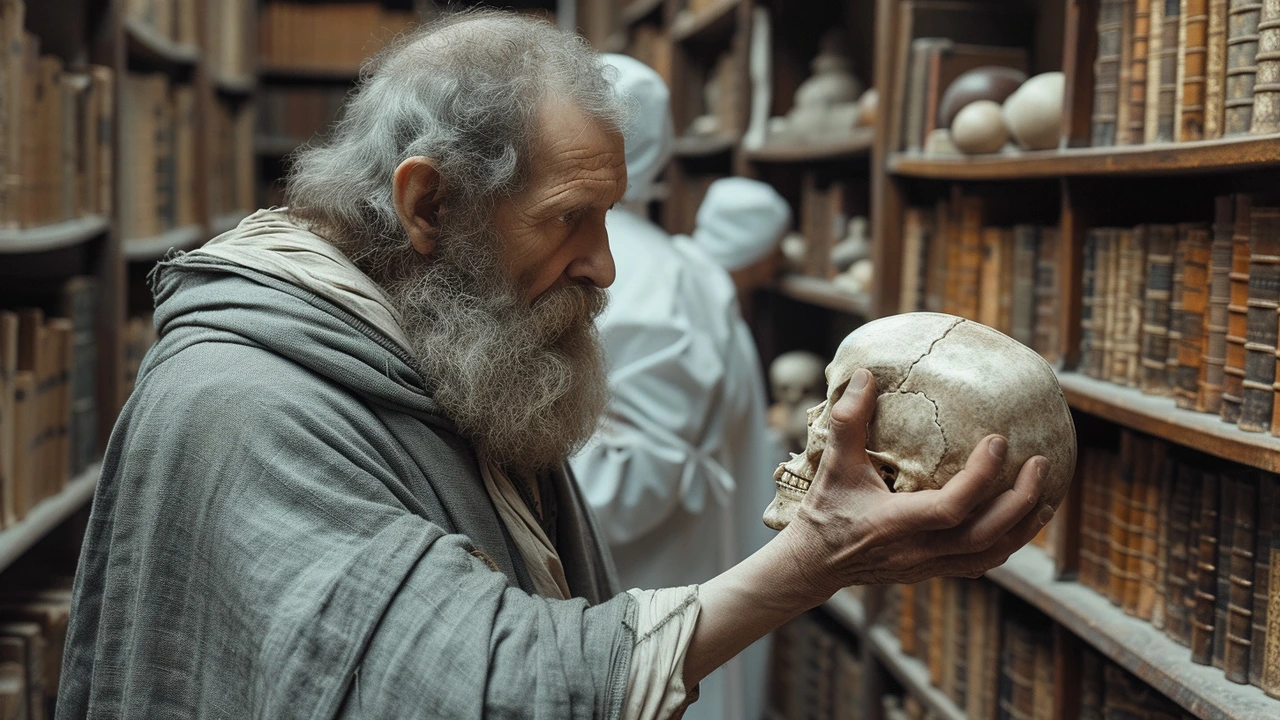Renaissance Literature: What to Read and How to Understand It
The Renaissance produced some of the most vivid writing in Western history. Writers mixed classical ideas with new ways of seeing the world, and they wrote in both Latin and the local languages that people actually used. Reading Renaissance texts today can feel distant, but you get clearer meaning if you focus on plain themes: human choice, civic life, faith, and the clash between old rules and new ideas.
Who to start with?
For drama pick William Shakespeare — his plays show deep human choices and lively language that still works on stage. For poetry try Petrarch for early Renaissance feeling and Edmund Spenser for English epic style. For essays and short works read Montaigne; his honest voice is surprisingly modern. For political thought read Machiavelli’s The Prince, which explains power in clear, sharp terms.
How to read these texts without getting lost.
First, get a modern annotated edition or a reliable translation. Notes matter; they explain historical references, wordplay, and political names you won’t know. Second, read slowly and make short notes about characters, motives, and repeated images. Third, compare a passage with a short modern summary before you reread the original. That makes the old phrasing feel less like a barrier.
What themes matter most. Look for humanism — the focus on people and their choices over fate. Watch how authors borrow from classical myths and reshape them. Notice how religion mixes with personal doubt and civic questions. Pay attention to style: writers loved rhetorical tricks, vivid metaphors, and balanced sentences. Those techniques were designed to persuade, entertain, or teach.
Quick study tips for students. Create a timeline of authors and events to see connections. Pair a primary text with one good essay or chapter of literary history. Summarize each chapter in one sentence after you read it. Use audio versions of plays and poems — hearing language can unlock rhythm and meaning.
How Renaissance literature still matters. You’ll find echoes of its themes and plots in modern novels, movies, and political essays. Knowing how Renaissance writers used classical models helps you spot those patterns today, whether in a film plot or a political speech. That makes close reading a useful skill outside the classroom.
Where to go next. Start with a short play or one of Montaigne’s essays if you want a quick win. If you're curious about historical context, read a short book on Renaissance culture or check online course notes from a trusted university. On this site you'll find related posts about Renaissance architecture and art that show how writers and builders responded to the same ideas.
Good editions to look for include the Norton Anthology for English work, Penguin Classics for translations, and Loeb Classical Library when originals are in Latin. Join a local book group or an online forum to talk about tricky passages. Short guided podcasts and lecture series can speed up your understanding and make the reading more enjoyable. Stay curious always.

Tracing the Evolution of Literature in the Renaissance
Dive into the fascinating world of Renaissance literature with me, as we trace its evolution together. The literature of the Renaissance period was marked by exploration, newfound knowledge, and marked changes in the world of art and culture. We'll be looking into how classics of this period shaped the course of literature and how they still influence us today. Join me in understanding the complexities of this era that was truly a turning point in literary history. The journey will be a thrilling one, I promise!
Read more